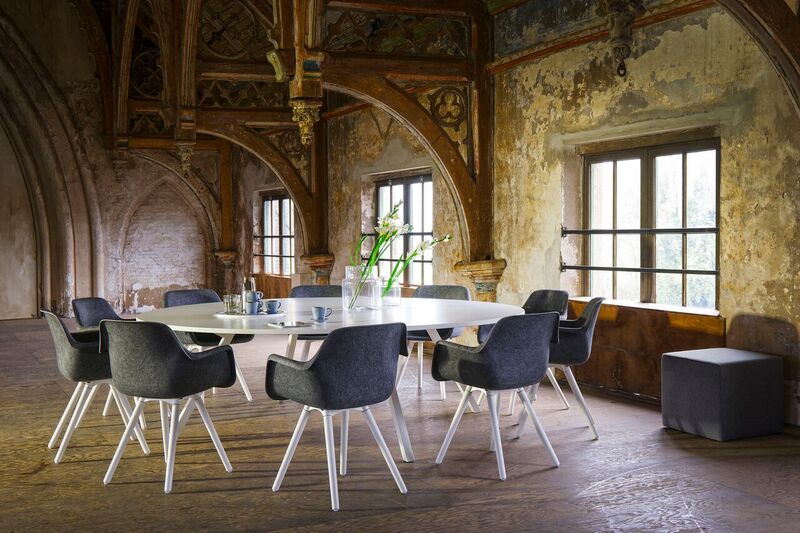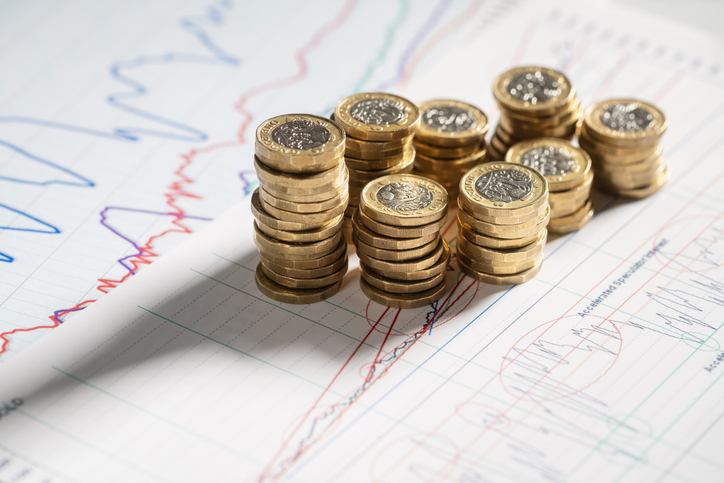Most workplaces are not currently suited to the needs of the contemporary employee.
That’s according to a study from Office Genie, which interviewed almost 1,500 British workers.
It found that seventy-four per cent of employees revealed that they did not have a chill-out area and 45 per cent felt their office design did not currently promote collaboration.
A third of introverts (30 per cent) wanted a quiet area while 20 per cent said their current workspace didn’t allow them to carry out their work effectively.
In this sense, office design should focus around catering for the individual and the varied working styles that exist. We often hear case studies of big, well-known brands doing this particularly well, but according to this study, there is a long way to go and 2019 is only going to further this agenda across industries.
Layout and collaboration
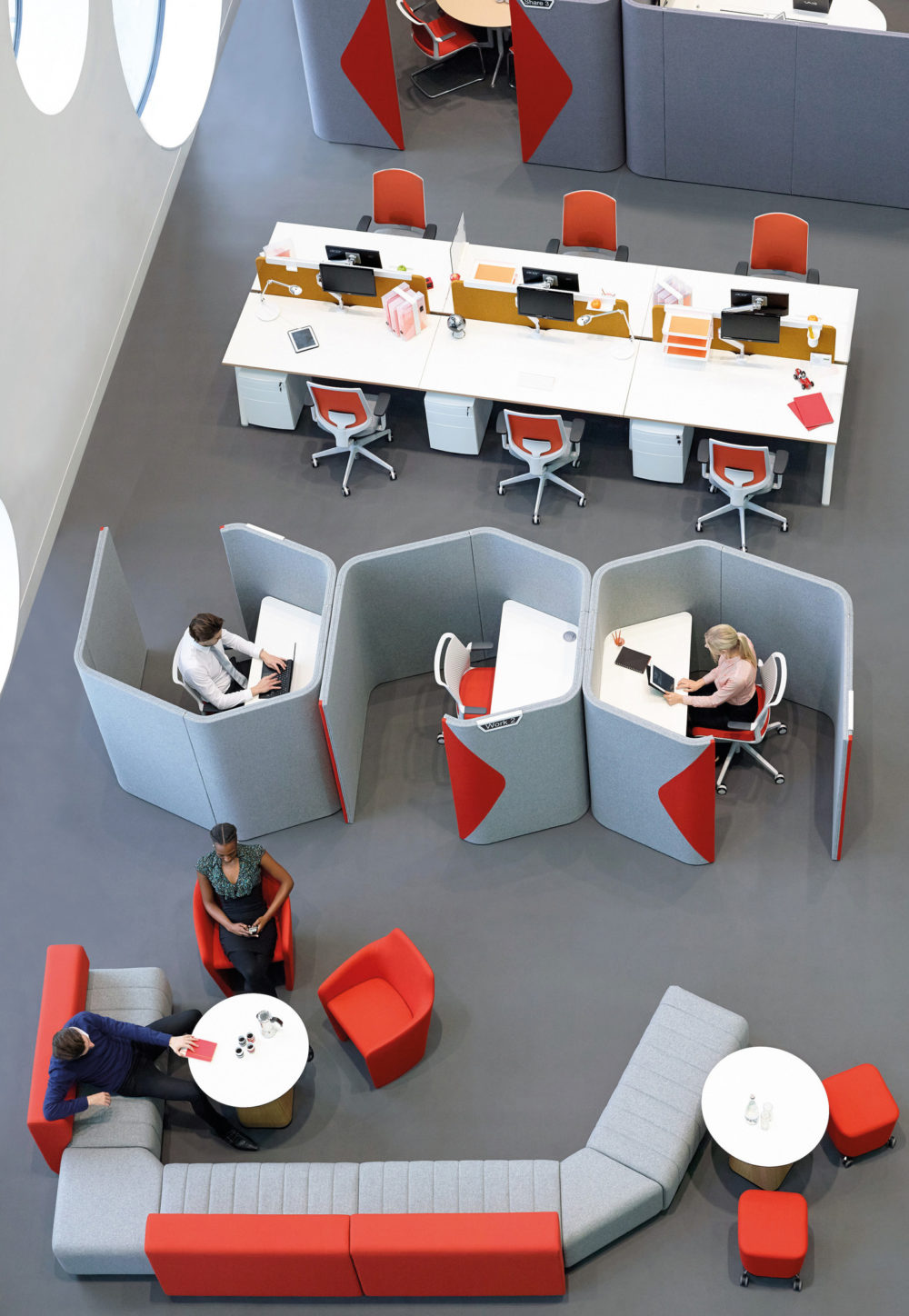
It is a common fact that offices are stereotypically not designed for collaboration, although this notion is being challenged more frequently every year. For efficiency, offices are typically created in a linear fashion to ensure maximum capacity in the given space.
Robert Hicks, group HR director at global employee engagement company, Reward Gateway, says, ‘Organisations should be focusing on their office layout and design in order to engage their employees. Workspace is one of the key elements to an engaged workforce and you have to cater for individuals and tasks.
‘Having a workspace that’s designed to help build relationships between people and between teams will be key for companies in the coming years. For example, by having no fixed desks and no individual offices (as in, none of the leadership team have their own office space), it results in a reduction in hierarchy and builds relationships.’
Layouts are going to become more collaborative as the new year breaks in. Teamwork should not be hindered by architecture and this is only going to become more prevalent in 2019.
Further reading on office space
Why are you spending thousands on your office refit?
What trends are coming?
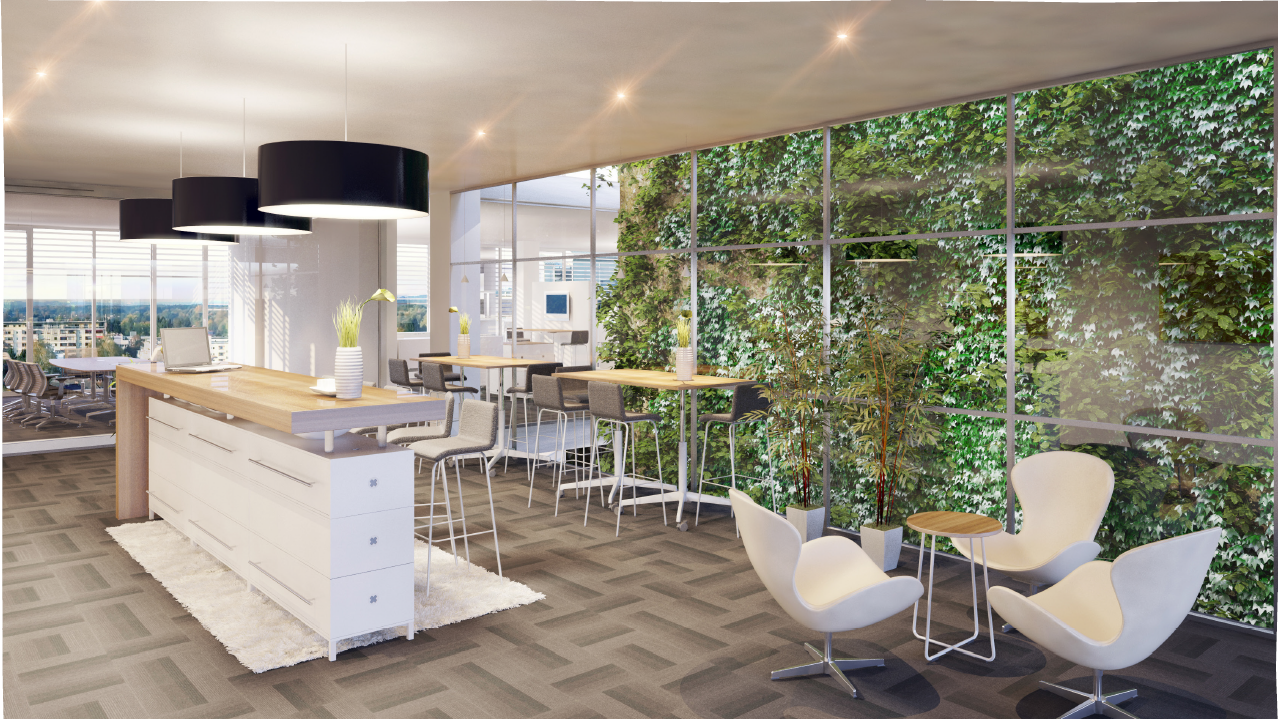
The running theme of collaboration and how it infuses with design is one that is key to perfecting trends now. 2017 saw the rise of nature into the office with biophilic design, and this shows no signs of stopping.
Andy Baxter, founder of Internet Gardener, says, ‘Bright, green leafy plants make people happier, and there have been a lot of studies recently about how plants naturally improve productivity. We see artificial plants becoming especially popular this year as the trend of plants at the workplace continues. Artificial plants and living walls are ideal long-term solutions for workplaces because they boost morale in the same way as real plants, but they are practically maintenance free.
‘Fake plants can be placed anywhere, even in cubicles or meeting rooms away from windows, and they won’t attract insects or aggravate anyone with asthma or allergies.
‘Because artificial plants are typically UV-stabilised, they always stay a healthy looking natural green colour, and the only care required is an occasional dusting.’
How do redesigns affect employees?
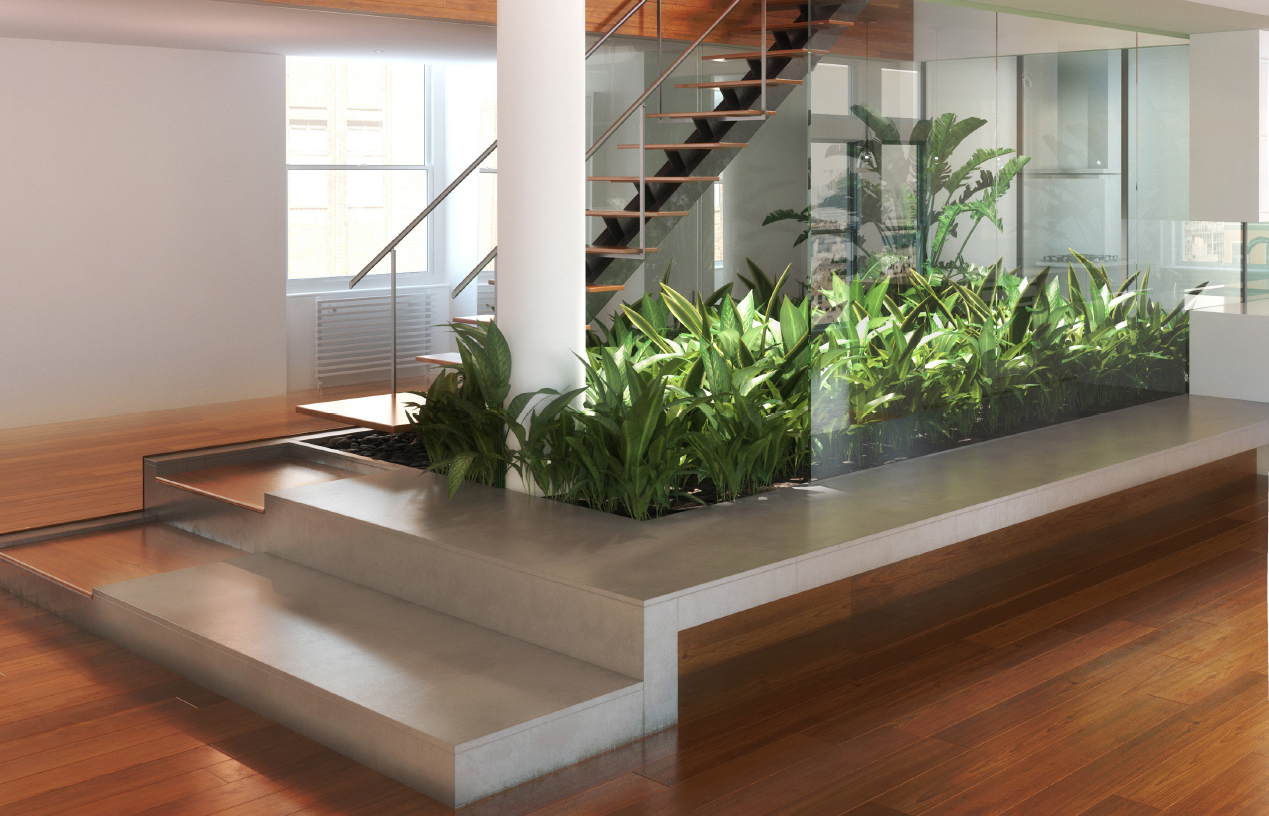
We all know a bland grey office is counter-productive if you want to encourage a creative and happy working environment.
Mike Jackson, CEO of Modern Garden Rooms discusses employee wellbeing from a design perspective, and says, ‘Office trends are seeing many crossovers from our past seasons – including the ever-rising trend of minimalism. This practice of decor we feel has stemmed from Nordic roots and makes use of clean cut furnishing, small pops of colour and ravishing placements of plants and pottery. It also promotes a sense of wellness and ‘home-like’ feel into the office, promoting collaboration and clarity in creative processes.’
Wellness is a theme that is at the top of many manager’s minds as mental health in the workplace becomes discussed further. Allowing employees to have break-out and quiet zones improves wellbeing, as does the typical ergonomic office solutions for physical wellness.
Some offices don’t currently cater to introverts and don’t have access to a quiet zone for working. In this case, employees may benefit from using noise-cancelling headphone technology, such as the Sennheiser MB 660, which allows users to effectively drown out colleagues background chatter while still remaining connected to work through business tools like Skype. Or the Bose SoundLink Around-Ear headphones may provide a quieter office environment for employees. Failing that, ear plugs will do the trick.
Interior office design
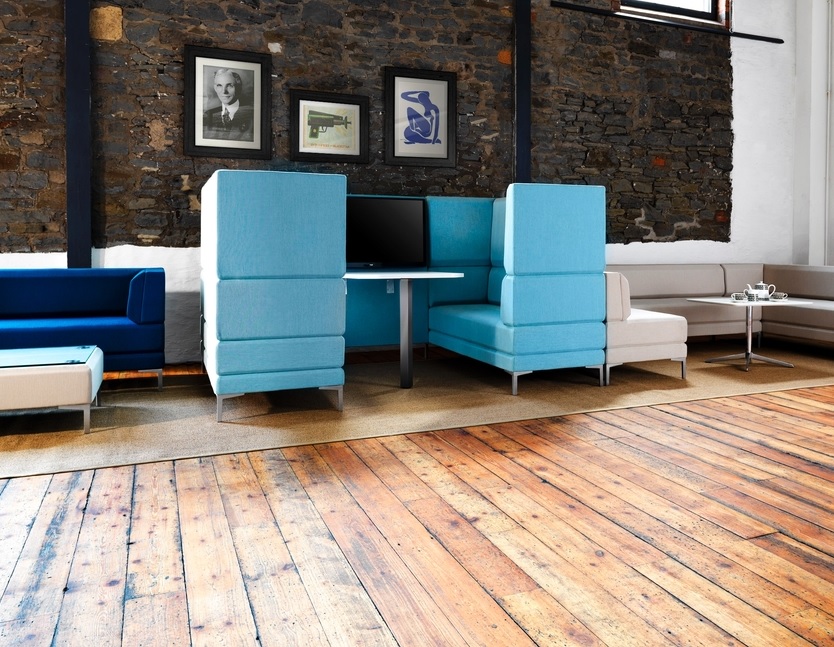
We know that wellbeing, collaboration and nature are going to continue thriving in the new year, but what about more bold design solutions?
Ash Bansal, senior designer and project manager at DV Architects, says, ‘At the moment we’re using an autumnal palette which will evolve this year. That means deep coloured fabrics, prints and tiles being used alongside pastel accent colours.
‘There’s a trend towards a retro print theme across the board from furniture to soft furnishings, for example instead of button backs we’re using a pleated method in booth seating.
‘It also means we are working on bold, characteristic designs coupled with an antique finish, across the board from lighting, tiles, flooring and signage. The retro theme also plays out from shapes to leaf prints, which are coming back, alongside a polished, minimal interior.
‘In offices, the trend in eating and break-out areas is to switch to taller seating and merge the space to give an informal feel but encourage productivity.’


